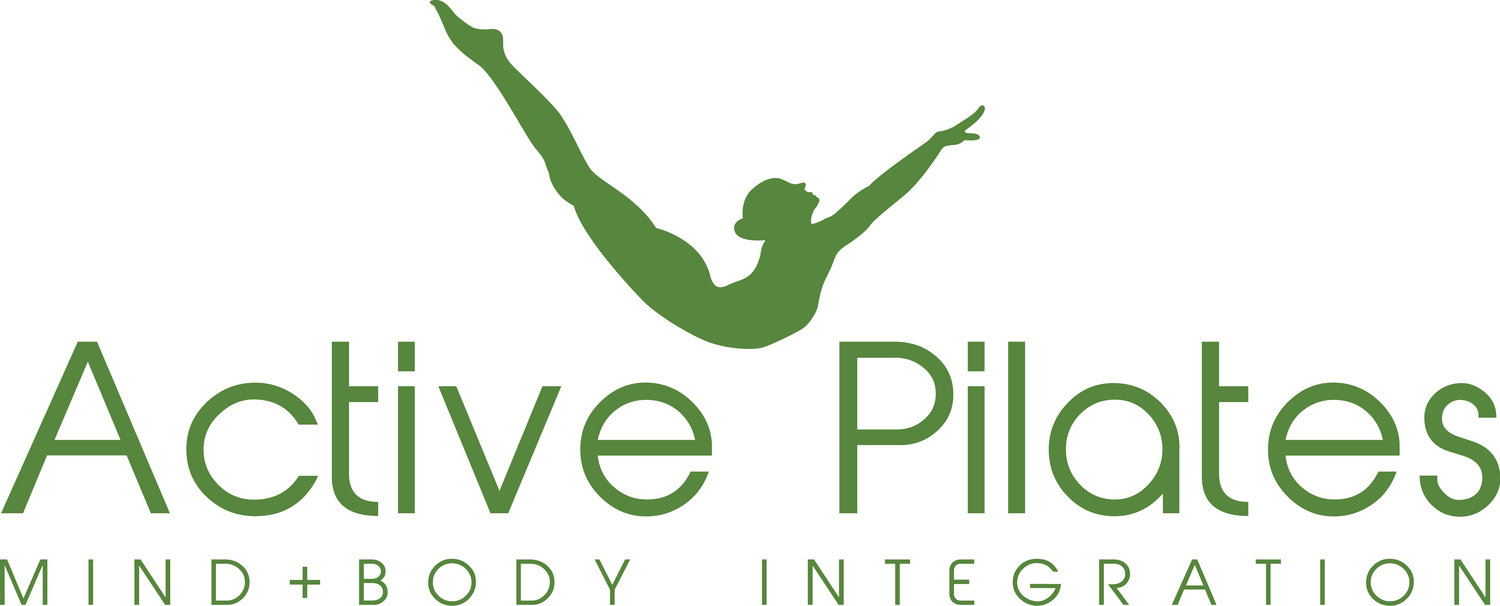Why we love breathing (and you should too)!
Breathing is a simple process. Breathe in, breathe out, breathe in, breathe out … again and again. And in the time that it has taken you to read next two sentences, you’ve probably taken a breath or two … without even realising it.
Breathing is kind of automatic. We do it when we are awake and we do it in our sleep. Ninety-nine per cent of the time, we end up breathing subconsciously and without any extra effort. If done correctly, however, breathing is key to our overall health and fitness. It is how our bodies maintain a high metabolic rate and deliver oxygen to vital tissues. How many times have you been told to take a deep calming breath? Not only does breathing help relieve the body of anxiety and stress, proper breathing techniques also go a long way towards healthier living.
Did you know that there are different types of breathing technique?
Diaphragmatic (normal) breathing
Lateral breathing
I’d like to talk about diaphragmatic and lateral breathing. Diaphragmatic breathing is when we use our diaphragm to draw the air in and out. It is an automatic response, meaning that we don’t even have to think about it as it happens. Take a deep breath. Is your chest moving or is your belly moving? When your diaphragm moves, your stomach muscles also have to move. If they don’t, it means that you simply aren’t doing any diaphragmatic breathing. It’s as simple as that.
Lateral breathing, on the other hand, is a technique wherein air is taken into the sides of the lungs causing the rib cage to expand towards the sides and not the diaphragm as is the case with normal breathing. Most commonly used in exercise routine such as Pilates, lateral or intercostal breathing is what helps an individual breathe deeply even when his/her abdominals are pulled in.
Where can one learn the correct breathing technique?
Yoga practitioners in India have been using breathing techniques (called pranayama) for positively influencing the body and the mind for over a thousand years now. Yoga enthusiasts across the world teach you how to breathe effectively. But why do you need a yoga practitioner to teach you something as simple as how to breathe … because we’re too busy to pay attention to our breath.
Breathing exercise:
Place one hand on your belly (not the chest) and breathe in.
Pay attention to your belly – is it moving in or out? (For healthy breathing, your belly must move outward when you inhale.)
Now exhale. This is when your belly must look sucked in.
Try it again. Inhale - belly out and exhale – belly in.
It’s not easy, is it? Those who regularly practice yoga, however, are quite familiar with this breathing technique. Breathing through the belly allows us to breathe more deeply which is beneficial for the body. And while yoga advocates that we breathe in and out through our nasal cavity, Pilates encourages you to breathe out through the mouth. In Pilates, we also teach people to breathe laterally while maintaining your core muscles contracted.
In both of the above techniques - breath facilitates movement and movement facilitates breath.
What do we know about breathing and exercise? We're breathing much faster. This is because when we exercise, there is a rise in the levels of CO2 and lactic acid in the body which must be offloaded so that a healthy supply of oxygen can reach our working muscles. You might have noticed - some people are subconsciously holding their breath when they exercise. This is detrimental because if you hold your breath when you exercise there is a build-up of carbon dioxide in the body which causes you to fatigue faster. Sounds familiar ....?
Proper breathing thus not only increases the effectiveness of your workout, but it also helps you cope with the anxiety and stress of the modern world. Keep breathing!

